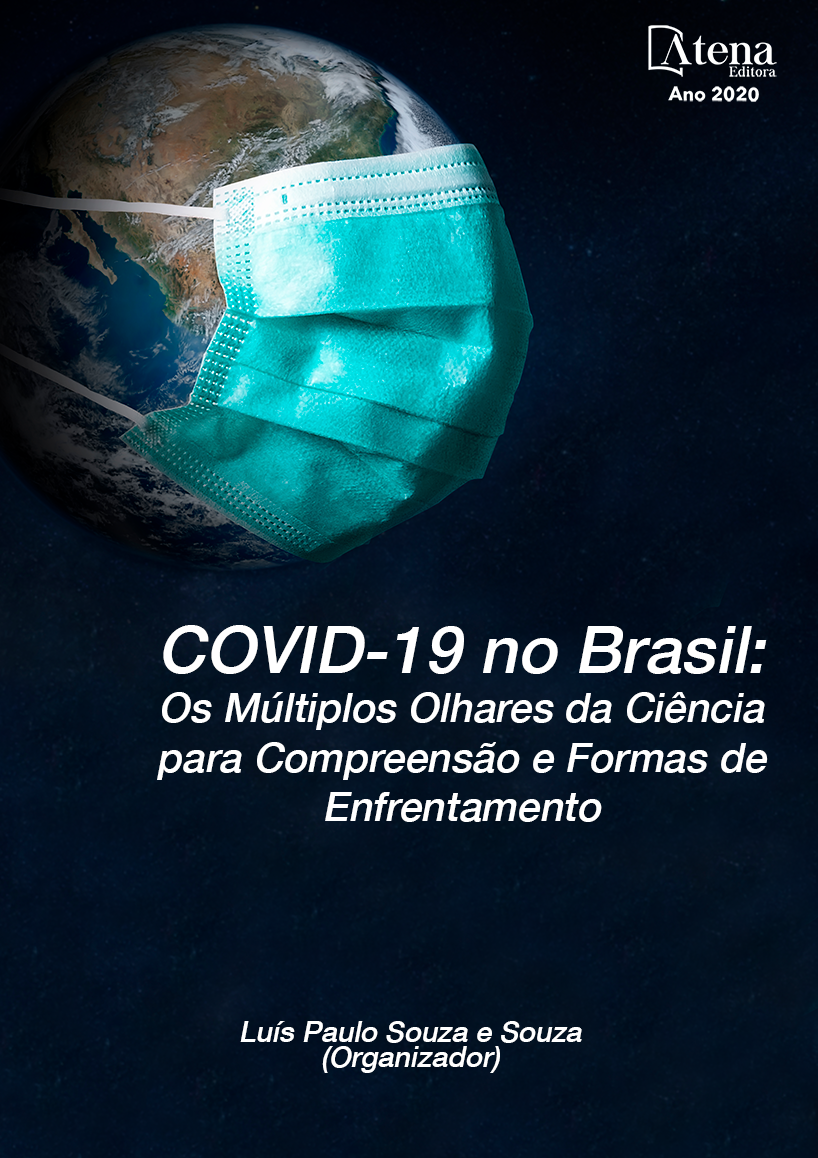
MAPEAMENTO CIENTÍFICO DOS TESTES MOLECULARES PARA O DIAGNÓSTICO DE CORONAVIROSES, COM ÊNFASE NA COVID-19: UMA ANÁLISE DE LITERATURA
Em dezembro de 2019, foram relatados alguns casos de pneumonia de etiologia desconhecida na cidade de Wuhan, na China. Investigações subsequentes indicaram tratar-se de um novo coronavírus, denominado SARS-CoV-2 (Severe Acute Respiratory Syndrome Coronavirus 2) responsável por causar a doença COVID-19. Em virtude da pandemia de SARS-CoV-2, o método de detecção de ácido nucléico viral por Reação em Cadeia da Polimerase com Transcrição Reversa em tempo real (RT-PCR) foi um dos métodos mais rapidamente estabelecidos para o diagnóstico laboratorial. No entanto, trata-se de um método que apresenta limitações. Diante desse contexto, o presente estudo objetivou realizar um levantamento de artigos direcionados para os diferentes métodos moleculares utilizados para detecção do novo coronavírus. O levantamento científico foi realizado utilizando palavras-chave gerais e específicas nos bancos de dados PubMed (Public MEDLINE), Scopus, Web of Science e SciELO (Scientific Electronic Library Online). A partir do levantamento científico, obtivemos números consideráveis de artigos tendo como tema o diagnóstico da emergente COVID-19. O banco Scopus destacou-se, com 48,37%, seguido pela Web of Science com 29,79% e PubMed com 21,34%. Por outro lado, o banco de dados SciELO apresentou menos de 1% de artigos depositados. Através dos resultados, percebe-se que os estudos estão voltados para a determinação de novos métodos moleculares de forma que possam atuar na otimização do diagnóstico já clinicamente realizado por meio da RT-PCR.
MAPEAMENTO CIENTÍFICO DOS TESTES MOLECULARES PARA O DIAGNÓSTICO DE CORONAVIROSES, COM ÊNFASE NA COVID-19: UMA ANÁLISE DE LITERATURA
-
DOI: 10.22533/at.ed.6782026083
-
Palavras-chave: SARS-CoV-2. COVID-2019. Detecção molecular. RT-PCR.
-
Keywords: SARS-CoV-2. COVID-2019. Molecular detection. RT-PCR
-
Abstract:
In December 2019, some cases of pneumonia of unknown etiology were reported in the city of Wuhan, China. Subsequent investigations have indicated that it is a new coronavirus, called SARS-CoV-2 (Severe Acute Respiratory Syndrome Coronavirus 2) responsible for causing COVID disease 19. Due to the SARS-CoV-2 pandemic, the method of detecting viral nucleic acid by Real-Time Reverse Transcription Polymerase Chain Reaction (RT-PCR) was one of the most rapidly established methods for laboratory diagnosis. However, it is a method that has limitations. Given this context, the present study aimed to conduct a survey of articles directed to the different molecular methods used to detect the new coronavirus. The scientific survey was carried out using general and specific keywords in the PubMed (Public MEDLINE), Scopus, Web of Science and SciELO (Scientific Electronic Library Online) databases. From the scientific survey, we obtained considerable numbers of articles on the diagnosis of the emerging COVID-19. The Scopus bank stood out, with 48.37%, followed by Web of Science with 29.79% and PubMed with 21.34%. On the other hand, the SciELO database presented less than 1% of articles deposited. Through the results, it can be seen that the studies are focused on the determination of new molecular methods so that they can act in the optimization of the diagnosis already clinically made through RT-PCR.
-
Número de páginas: 15
- Antonio Carlos Pereira de Oliveira
- Darllan Damasceno Fontenele
- Samara Sousa de Pinho
- Katriane Carvalho da Silva
- Ana Patrícia de Oliveira
- André Luis Fernandes Lopes
- Gabriella Pacheco
- Gabrielle Costa Sousa


